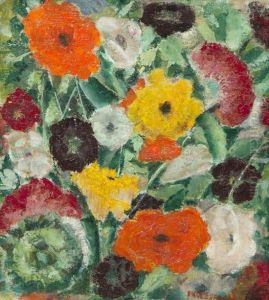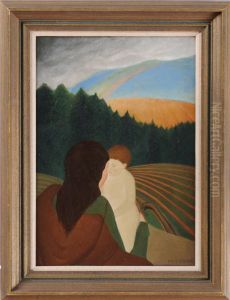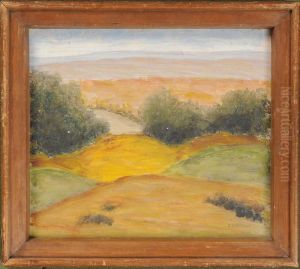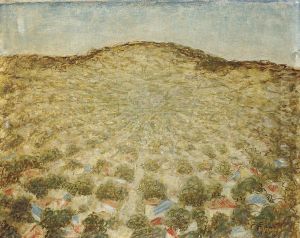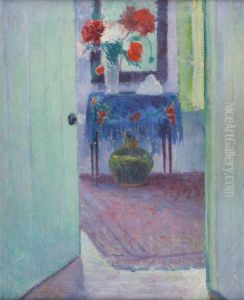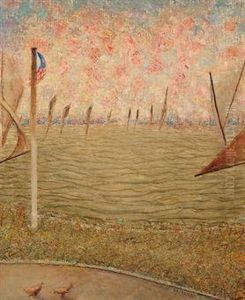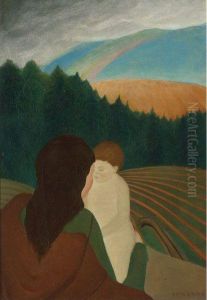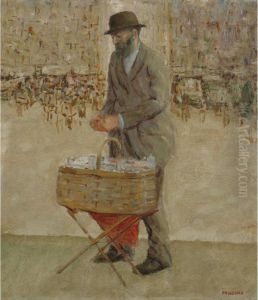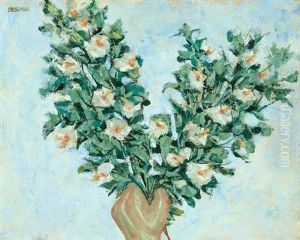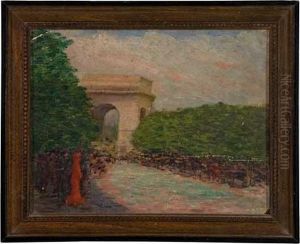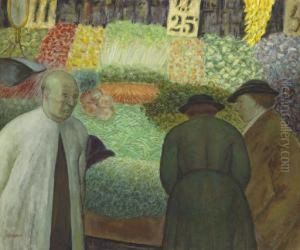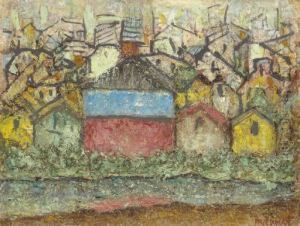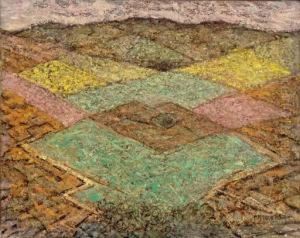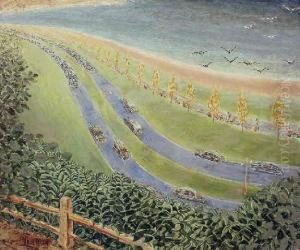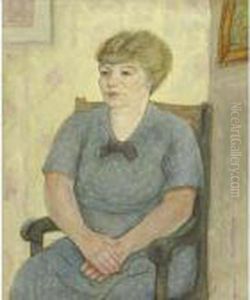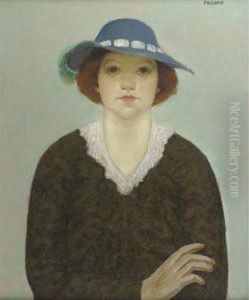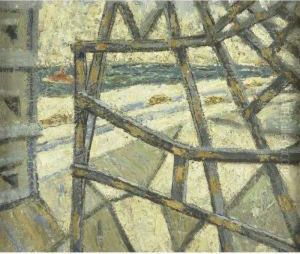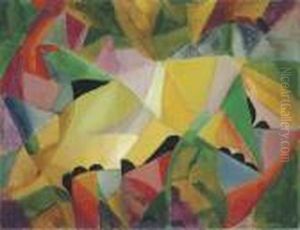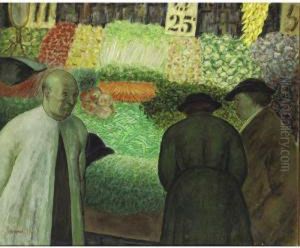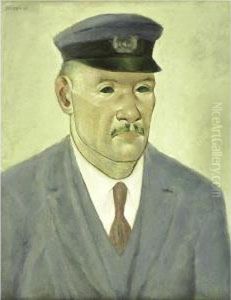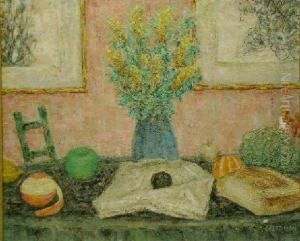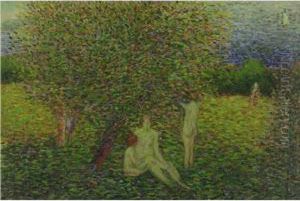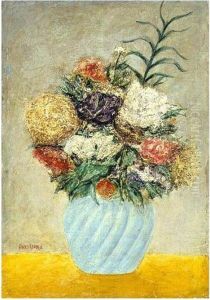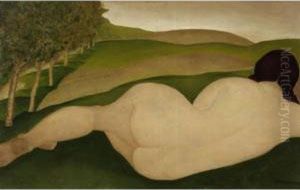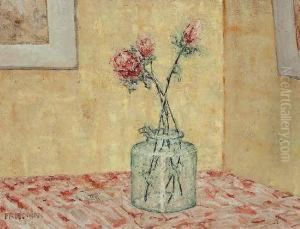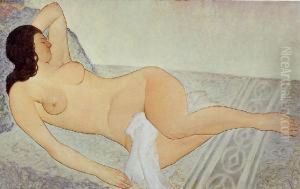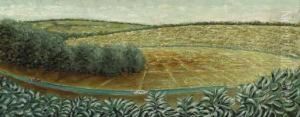Arnold Aaron Friedman Paintings
Arnold Aaron Friedman, known as Arnold Friedman, was an esteemed American painter born on November 14, 1874, in New York City. His work is often associated with modernism, and he is recognized for his contributions to American art in the early 20th century. Friedman initially pursued a career in business but his interest in art led him to study at the Art Students League of New York. He furthered his art education in Europe, studying at the Académie Julian in Paris.
Friedman's early work was influenced by the Old Masters, but he gradually embraced a modernist aesthetic, integrating elements of Cubism and Post-Impressionism into his paintings. He was particularly known for his still lifes and landscapes, which were characterized by a subtle use of color and an emphasis on the interplay of light and form.
Despite his talent, Arnold Friedman's work was not widely recognized during his lifetime. He struggled financially and often had to rely on teaching to make ends meet. He taught at the Art Students League and later at the Modern School of Art. His students included notable artists such as Lee Krasner, who would go on to become a prominent figure in the Abstract Expressionist movement.
Friedman's paintings gained more attention posthumously, with his art being featured in several exhibitions and collections. His works are now held in prestigious institutions such as the Museum of Modern Art in New York and the Smithsonian American Art Museum in Washington, D.C.
Arnold Friedman's art is celebrated for its unique blend of European modernism with American subject matter, making him an important figure in the transition of American art from representational to more abstract forms. He passed away on November 16, 1946, in New York City, leaving behind a legacy that would inspire future generations of artists.

